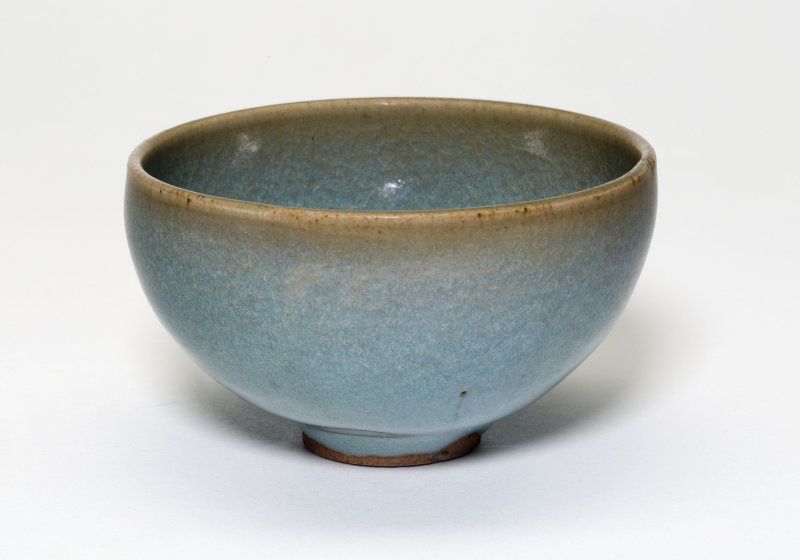Chinese porcelain
The English term “China/china” has two meanings: China and porcelain. In Western thought, China has had a special relationship with porcelain for a long time, which is easily explained since it was invented by the Chinese. Porcelain developed on the basis of pottery. The history of Chinese porcelain dates back to more than 3,000 years ago, that is, to the Shang Dynasty !
After the Eastern Han dynasty, porcelain technique developed rapidly in China. Each era has its major production centers and sees the development of new varieties of products.
Under the Tang, blue porcelain produced at Yueyao in Zhejiang, and white porcelain produced at Xingyao in Hebei were highly valued.
During the Song period, white porcelain produced in Dingyao in Hebei, Junci porcelain produced in Junyao in Henan province and blue porcelain from Longquan in Zhejiang province were particularly popular. The latter was also exported to many countries. Today, more than 1,000 pieces of blue Longquan porcelain, dating from the Song, Yuan and early Ming periods, are exhibited at the Istanbul Museum in Turkey.
After the Yuan Dynasty, porcelain-making boomed in Jingdezhen. This city in Jiangxi province has since been called the capital of porcelain. Jingdezhen porcelain, renowned for its extreme finesse, is of a wide variety: polychrome “blue and white”, blue and white with spots of eggshells, rice grains, all considered treasures. The “blue and white” porcelains were embarked in large quantities on board the ships of the fleet of Zheng He, a great Ming navigator who during his seven voyages visited territories in Southeast Asia and Africa. .
The porcelain industry was then developed in Liling in Hunan Province, Tangshan in Hebei, Shiwan in Guangdong and Zibo in Shandong. The products of these sites are all famous in the world.
Chinese porcelains are both refined useful objects and precise works of art. Since the Han and Tang Dynasties, they have been exported overseas, and Chinese porcelain craftsmanship has spread throughout the world.
The different styles of porcelain
Blue and white: a prestigious variety of Jingdezhen porcelain, whose name is due to a typical style of decoration: blue patterns on a white background.
Polychrome: also a prestigious variety of Jingdezhen porcelain. Chinese painting techniques are used in the decoration of this porcelain. The designs are first sketched on the finished white porcelain, before being colored. Finally, firing at a high temperature gives rise to a magnificent work of art.
Blue and white with spots of grains of rice: a very popular variety. It is necessary to work the rough with a knife, by making small holes in it in the shape of a grain of rice, and then to draw, on the rest of the surface, blue patterns, before passing the pottery to enamelling and cooking.
Eggshell: A valuable variety of Jingdezhen porcelain, which is, as its name suggests, extremely fine and transparent. It is decorated with all kinds of patterns.


